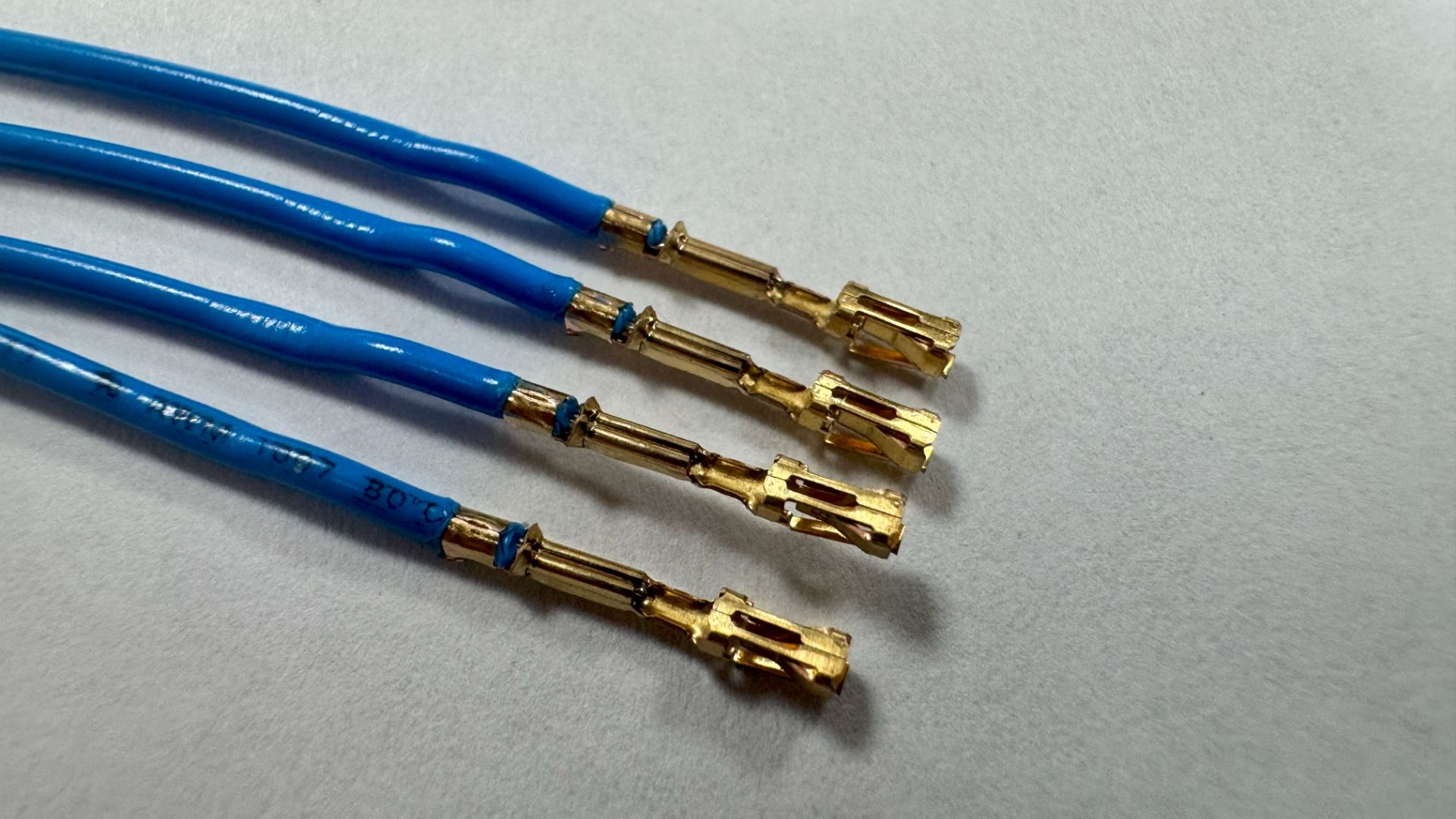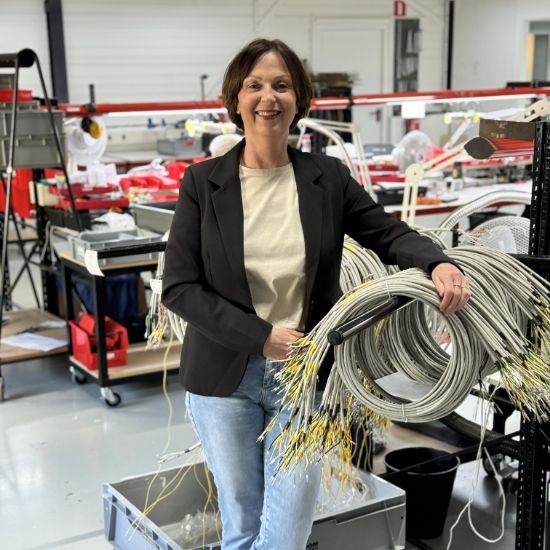
With many customers in the high-tech, medical and defence sectors, our quality standards are high. Very high. We work according to strict standards, calibrate, measure and check continuously, and are critical of the result for a reason. With every cable assembly.
Electrically and mechanically optimal
Let's take the application of contacts as an example. Contacts of connectors can be soldered or crimped. Both methods have their own application, but in both cases the contact must not only be inserted in the correct position of the connector, but the connection between wire and contact must also be good electrically and mechanically. Crimping contacts can be done manually with manual crimp tooling, semi-automatically with a crimping machine or fully automatically with a self-controlled crimping machine.
Wire gauge vs contact
Even if a wire seemingly fits into a contact, we ensure that the chosen contact is suitable for the intended wire thickness. We do this by checking the specification sheets of both products. That’s step one.

Measuring crimp height
Once a crimp contact has been turned on, it’s important to check the quality of the connection. One method of doing this is to measure the crimp height. In fact, connector manufacturers state in their specifications how high this may be for a given wire thickness. If the contact is not crimped far enough, the tensile force is too low and the contact may loosen. Is the contact crimped too hard? Then the wire may have been incised too far and thus weakened. That is why crimp height during processing is continuously measured by our Komax machines.

Checking with a tensile testing machine
We can also check the mechanical connection of an applied contact with a tensile test. We do this, for example, after manually or semi-automatically applying contacts. We set the specified tensile force (in Newton) on the tensile testing machine, after which the wire is pulled until it is released. Unlike measuring crimp height, this is a destructive measurement method. For some customers, we even repeat this after a set number of crimps.
Calibrate, calibrate and calibrate again
Checking our operations is one thing, but checking the precision tools and measuring instruments themselves is just as important. That’s why we have them calibrated regularly. This ensures that all connections comply with the IPC/WHMA-A-620E as well as our own quality standard. This way, we have everything under control, and we like that!
Do you want to be assured that your cable assemblies also meet the highest quality standards? Where no cable is shipped without being tested and approved? Then contact us without obligation and challenge us.


